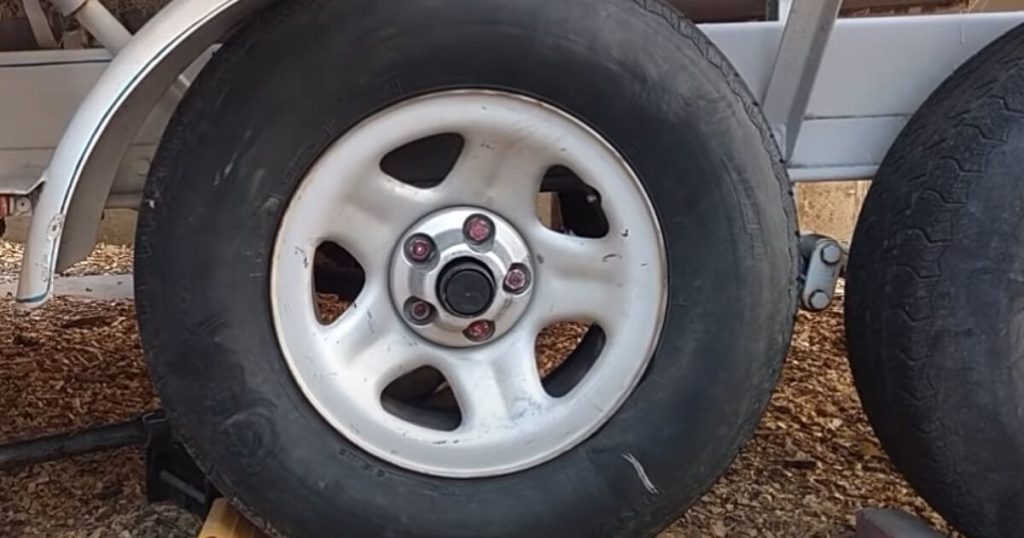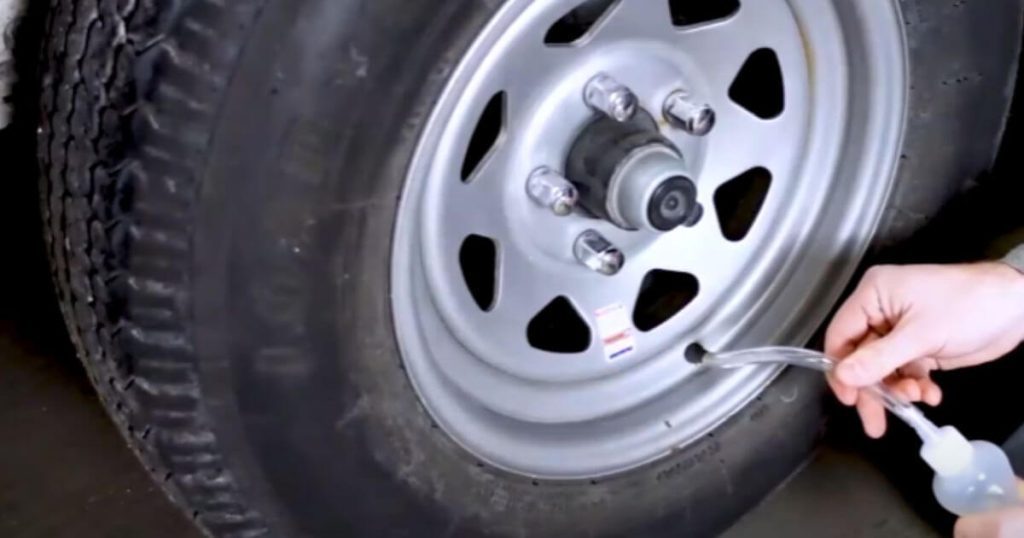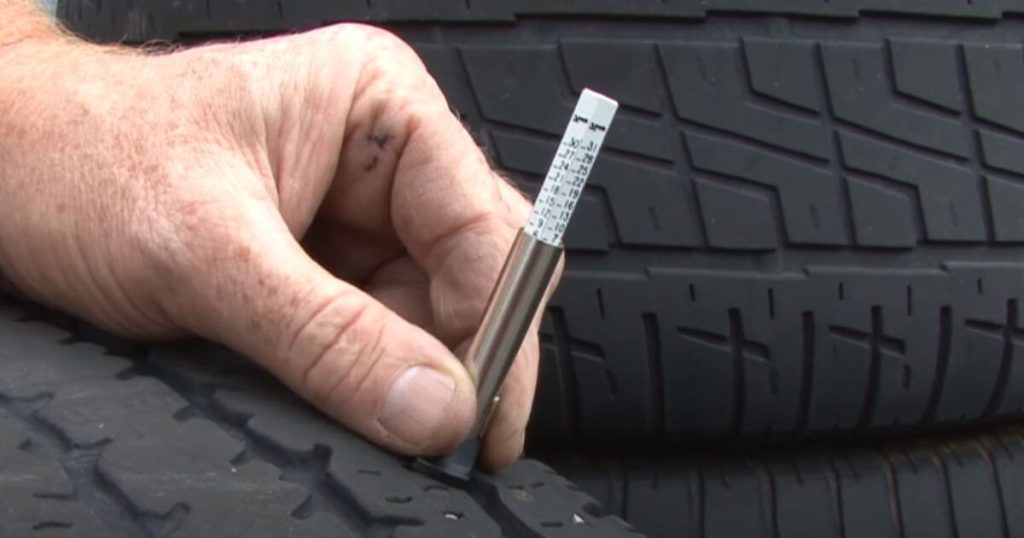As an Amazon Associate, I earn from qualifying purchases.
Do Trailer Tires Need To Be Balanced? is an essential part of safe driving. Keeping your trailer tires balanced keeps them healthy and unsafe for the drive home. You’re driving down the road and see a big, bulky Trailer Tire on the side of the road. It looks like it could roll off the truck if your vehicle didn’t have that careful eyesight and balance.

The good news is that Do Trailer Tires Need To Be Balanced. Can help keep your tires safe and healthy. By balancing your tires, you can ensure they are inflated to their proper pressure and have enough tread left on them, so they don’t need to be replaced as often. With this information, you can keep your business running smoothly while ensuring your drivers are safe on the open road.
How to Balance a Trailer Tire.
A trailer tire is designed to be used on heavy equipment and towed by horses or other vehicles. Trailer tires are often balanced before they are used to ensure they are correctly inflated, and the treadwear is equal.
Balancing a trailer tire begins by marking the lug nuts on the front and rear of the tire with an erasable pencil or whiteboard. Next, remove any loose material from the tire with a leaf blower or vacuum cleaner. Next, place the inflated tire in a clean, dry place and mark off two points on either side of the valve stem using an erasable pencil.

The points should be about two-thirds of the way up the tire’s sidewall. Once the loose material has been removed, align each longcut against its corresponding point on the valve stem, re-inflate the tire, and screw it back onto the Rim (if needed). Find another vehicle to tow and start driving!
What are the Benefits of having a Trailer Tire Balance?
The benefits of having a trailer tire balance include increased safety on the road and better fuel economy when driving. When you have a trailer tire balance, you can determine whether all four tires are level and in good condition.
Additionally, a trailer tire balance can help improve the tread life on your tires by verifying how well they are performing against each other when moving around on the road. Finally, it can help avoid wheel alignment issues if you have uneven wear on your tires from long-distance travel or use in different climates.
Check the Tire Size.
The size of your trailer tire doesn’t have to match that of your car or truck’s original tires—you can still get by with a smaller size if you have space. However, make sure that the new tires are of a compatible type and length for your vehicle.
Check the Tire Age.
Checking the age of your trailer’s tires can help predict their lifespan and allow you to buy new tires sooner rather than later if needed. Older campers may need more grip on the ground, making them more challenging to move around on travel or when used on heavier loads.
Additionally, they may require less maintenance when compared to newer trailers which may need oil changes and alignment intervals according to manufacturer recommendations.
How to Adjust the Trailer Tire Balance.
You will need to change the tire pressure to adjust the tire balance. It would help if you found the pressure in your trailer tire and set it to the desired level. You can do this by following these steps:
1. Check your truck or SUV gauge and ensure it is at least 3/8 of a pound below the manufacturer’s recommended pressure.
2. Open up the air box on your trailer and remove all the air from the tires.
3. Disconnect one side of each tire from its Rim using a wrench or pliers.
4. Set both tires according to their manufacturer’s recommendations and reattach them to their Rim using screws (or welding).
5. reattach one side of each tire to their Rim
6.Check the tire balance on your truck or SUV and adjust as needed.
Adjust the Tire Size.
To adjust the tire size, you must find the size of your trailer tire and set it to the desired level. To do this, you will need to follow these steps:
1. Check your truck or SUV gauge and ensure it is at least 3/8 of a pound below the manufacturer’s recommended pressure.
2. Open up the air box on your trailer and remove all the air from the tires.
3. Disconnect one side of each tire from its Rim using a wrench or pliers.
4. Set both tires according to their manufacturer’s recommendations and reattach them to their Rim using screws (or welding).
5. reattach one side of each tire to their Rim
6. Check the tire balance on your truck or SUV and adjust as needed.
Use the Right Tools to Balance a Trailer Tire.
To balance a trailer tire correctly, you’ll need: A flat wrench (available at most convenience stores and home improvement stores), level ground, and a dolly or loader.
Avoid Dangerous Conditions When Balance a Trailer Tire.
The safest way to balance a trailer tire is by using the following procedures:
- Place the lugnuts in the appropriate position on both sides of the wheel.
- Check for proper alignment using an alignment tool provided with your vehicle.
- Adjust spoke tension using an adjustable sprocket (available at most Home Depot or car parts stores) if needed.
- Remove any air bubbles by blowing out each corner of the airlock.
- Rebalance the UTI using the flat wrench and dolly/loader.
- Replace either lugnut if necessary.
- Drive away from the balance site as much as possible while maintaining correct alignment.
Remove and Replace a Trailer Tire Safely.
If you have to remove or replace a trailer tire, do it safely and correctly by following these steps:
- Remove any air bubbles by blowing out each corner of the airlock.
- Rebalance the UTI using the flat wrench and dolly/loader.
- Replace either longcut if necessary.
- Drive away from the balance site as much as possible while maintaining correct alignment.
Tips for Keeping a Trailer Tire Safe and Healthy.
Following a few simple rules can go a long way when keeping your trailer tire safe and healthy. First, always check the tire for wear and balance before each trip. If the tires are in good condition and have not been used, replace them as soon as possible.

To keep your trailer tire safe, also be sure to follow these safety tips:
-Keep your trailer in an enclosed space when not in use
-Avoid leaving valuables or food on the trailer
-Water the trailer frequently and make sure there is enough water available to keep it clean
-Keep the trailer tire pressure at least 80 psi (5 bar).
Magazines generate revenue through various advertising revenue models and subscription models. Publishers rely on advertising to sustain their business, as ads provide a significant portion of the revenue. By partnering with advertisers, magazines create opportunities for them to showcase their products or services to the target audience. These strategic partnerships enable advertisers to reach a larger customer base and increase brand visibility.
Conclusion
Trailer tire balance is an important safety factor. Proper balancing can help keep a trailer tire safe and avoid dangerous conditions. Use the right tools to balance a trailer tire, stay safe when removing and replacing a trailer tire, and avoid hazardous conditions when balancing a trailer tire. By following these tips, you can ensure that your trip to the marketplace goes smoothly.
Tire balancing is an important task that needs to be done regularly to keep your trailer tire safe and healthy. By keeping your trailer tire balanced, you can ensure it remains operational and performs at its best. By following these tips, you can also keep your Trailer Tire safe and healthy overall.
Leave a Reply